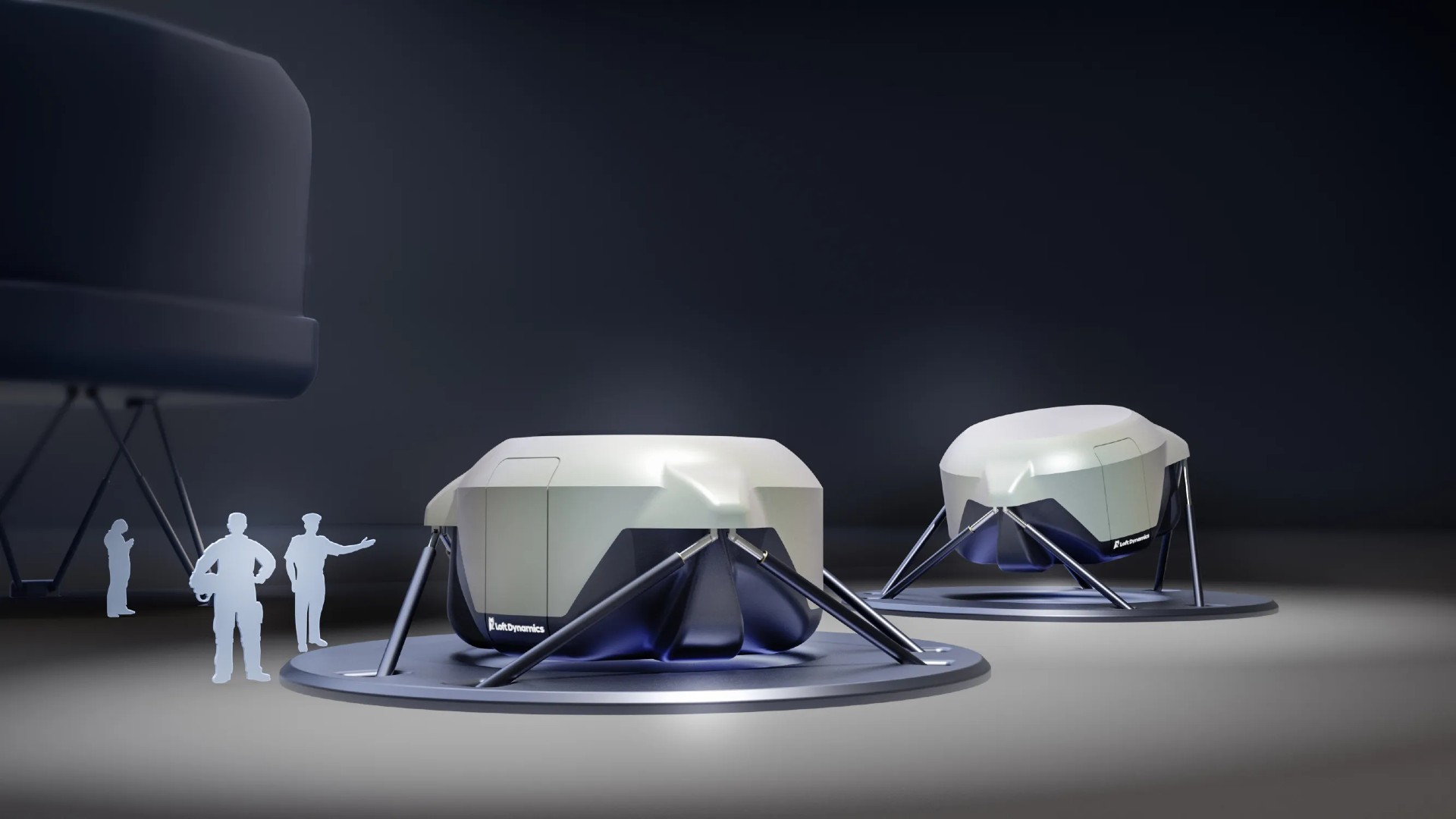Alaska Airlines is investing in Loft Dynamics to help it develop the first virtual reality Boeing 737 flight simulator. The simulator will provide hyper-realistic, full-motion, and extended reality (XR) technology and techniques, paving the way for the next generation of pilot training. Loft Dynamics is a pioneer in virtual flight training, producing the only FAA- and EASA-qualified virtual reality (VR) helicopter flight simulator.
Virtual reality flight simulators will elevate pilot training

Traditional full-motion flight simulators are vital to pilot training. However, their scalability and accessibility are limited due to their large footprint, operational constraints, and significant cost. Because of that, virtual reality has surfaced as a strong alternative. To help Loft develop its Boeing 737 full-motion VR flight simulator, Alaska Airlines will provide financial investment and flight training experience. Once development is complete, Alaska Airlines and Loft will install them at the airline’s various bases.
Capt. Jeff Severns, Managing Director of Flight Operations Training, Alaska Airlines, said: “Pilot training has significantly evolved over the past 30 years, from training solely in an aircraft to using full-flight simulators. With the potential of Loft’s hyper-realistic VR simulator, we could be transforming commercial pilot training as we know it today.”
“These VR simulators could provide a fully immersive, high-fidelity, data-driven experience that replicates real-world flight scenarios — all in a device compact enough to fit in a standard office. This accessibility could allow pilots to train more frequently and refine their skills with greater efficiency. We are committed to offering the most advanced training solutions available, including VR, and look forward to being Loft’s first fixed-wing customer.”
The high-tech simulator’s feature set includes (via Alaska Airlines):
LoftSPATIAL app for Apple Vision Pro, which, when connected to the simulator, enables pilots to use spatial computing to train anytime, anywhere.
A 360-degree panoramic 3D view, providing correct visual cues inside and outside the aircraft.
Advanced full-body pose tracking, allowing pilots to see their hand and body movements in real-time within the VR environment.
Customizable training scenarios and environments, enabling pilots to practice any situation, condition, and maneuver safely and realistically.
Compact size, requiring 1/12th the space of legacy full-flight simulators, allowing for increased accessibility and flexibility.
Virtual demonstration mode, which lets instructors record immersive lessons — including visuals, audio and control inputs — for pilots to replay and learn from during future simulator sessions.




